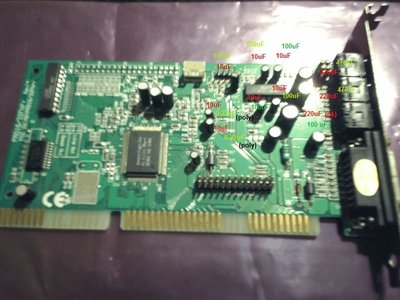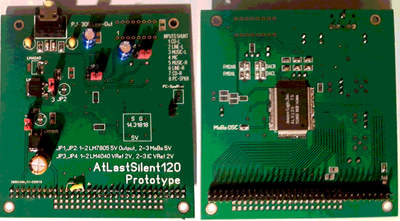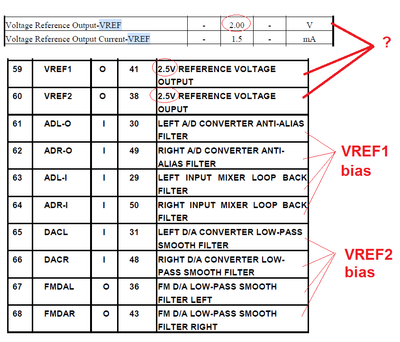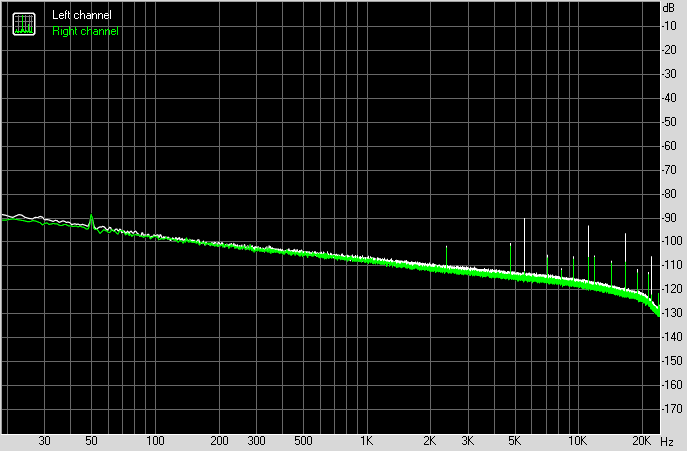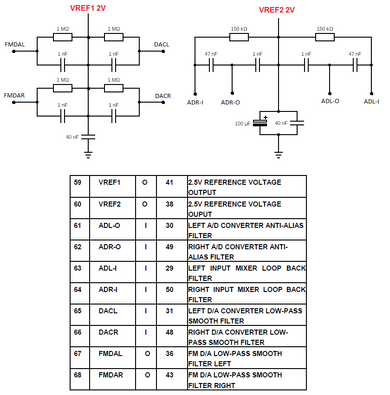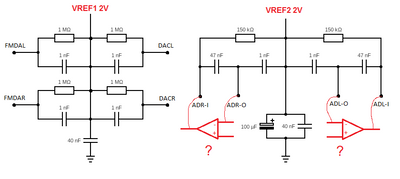First post, by Jo22
- Rank
- l33t++
Okay, so this thread is about how to free these soundcards from noise.
I did a bit of online search and found out, that these models aren't bad at all.
(Note: This text was written months ago and saved as text file ony my hard disk..
I hope you don't mind. Please feel free to comment below and to point out mistakes.)
-Overview-
The ALS100 is apparently SB/SB Pro/SB16 compatible and can be paired with an external YMF262 FM chip.
The ALS120/ALS100 Plus are quite similar it seems. The ALS100 Plus has an integrated OPL3 clone,
but can also still be paired with an external YMF262. Unfortunatelly and to no surprise,
I haven't actually seen a sound card with such a card design in pratice.
I'm not sure, but it seems the ALS100 Plus lacked the 16Bit DMA ability the ALS100 had.
Perhaps it is doing it the same way as the Vibra16.
-Caps-
In my online search I noticed that my ALS100+ didn't follow the reference design for its capacitors.
Especially the OpAMP had caps installed which were off by factor 10.
I guess card makers just smacked-on the cheapest caps they could get and which matched in size and voltage.
red= actually installed (bad)
green= reference or good
-Card design and missing parts-
I noticed that board makers didn't spend much efforts and went along with the reference design.
Sadly, they didn't add a voltage regulator or spent any thoughts about shielding.
The external XTAL was also missing, forcing the chip to use its internal RC oscillator.
My first 100+ card also lacked a ferrite choke. I measured one of them, and it had an inductivity of 0.850uH (micro henry).
So I cut a trace on my first card to match the second one and installed the chocke.
Also, the IDE part was technically left intact, but was missing a few resistors and the 40pin connector.
I guess this saved 2 cents or so of manufacturing costs.
-Pizza box compatibility-
Since the card is quite small and tall, it can be installed in about any PC system with ISA slots.
It also requires no -5V, which is nice for these little systems with their simplistic PSUs.
-Quick "fix"-
After some trial and error I found a way to lower the noise a bit.
To do so, someone has to add two caps at the inputs of the TEA2025, ranging between 10nF-100nF.
This de-noises the audio signal about enough to be on a bearable level.
Note that this is no cure, but relieves the distress and is more of an interim solution.
It also lowers the volume, so we have to compensate in the mixer.
This no problem, though, as the TEA has an internal thermal-protection and can hardly be damaged because of this.
As I said, it is more of an interim solution.. I'd be way more elegant to remove the noise at the source (bus, PSU, etc.)
It is, however, better than throwing the card into the bin or using a flamethrower on it. 😉
-Conclusion-
I think I wouldn't install these cards in my primary rig if I was free to use an EWS64 or an AudioTrix instead.
So why bother with them ? I think these cards can still be useful for beginners, since they aren't collector's items
or high priced and because they are actually available. Plus, it is fun to thinker with old hardware and fixing them! 😀
Also, these cards are easy to install, have an okay-ish OPL3 core and are not so troublesome (no PnP hell).
So if you have an older desktop machine or a portable these cards might be worth a try.
I hope this was helpful for a few people.
And if you have any thoughts or other ideas on how to fix these cards, please respond below.
-Links-
ALS datasheet/documentation.. search for "Shema101.zip".
http://www.electronics-lab.com/tea2025-simple … ereo-amplifier/
Edit: Also interesting.. All the truth about FM in ALS100 Plus+ cards (includes facts, tech info and tests)
"Time, it seems, doesn't flow. For some it's fast, for some it's slow.
In what to one race is no time at all, another race can rise and fall..." - The Minstrel
//My video channel//
